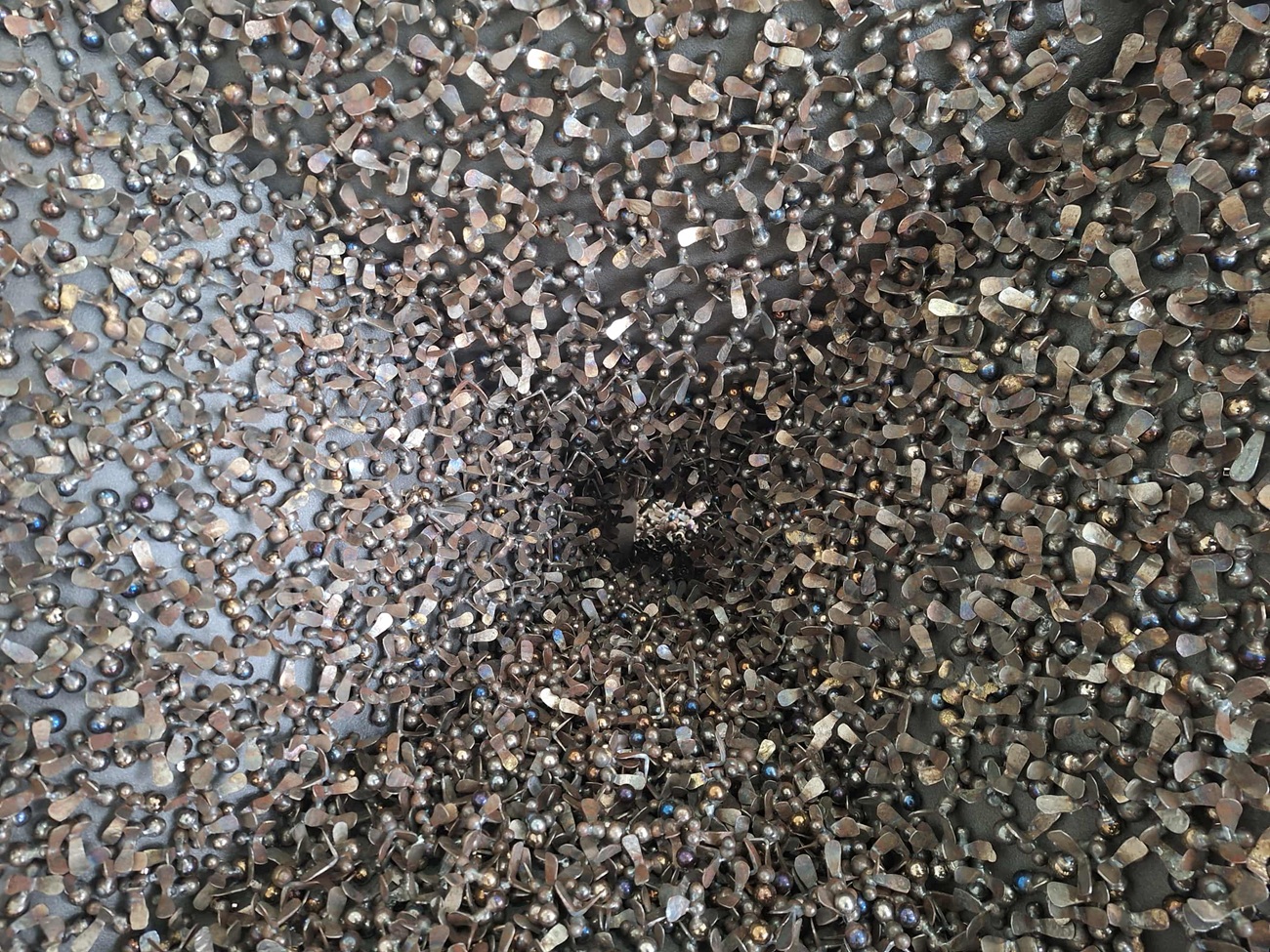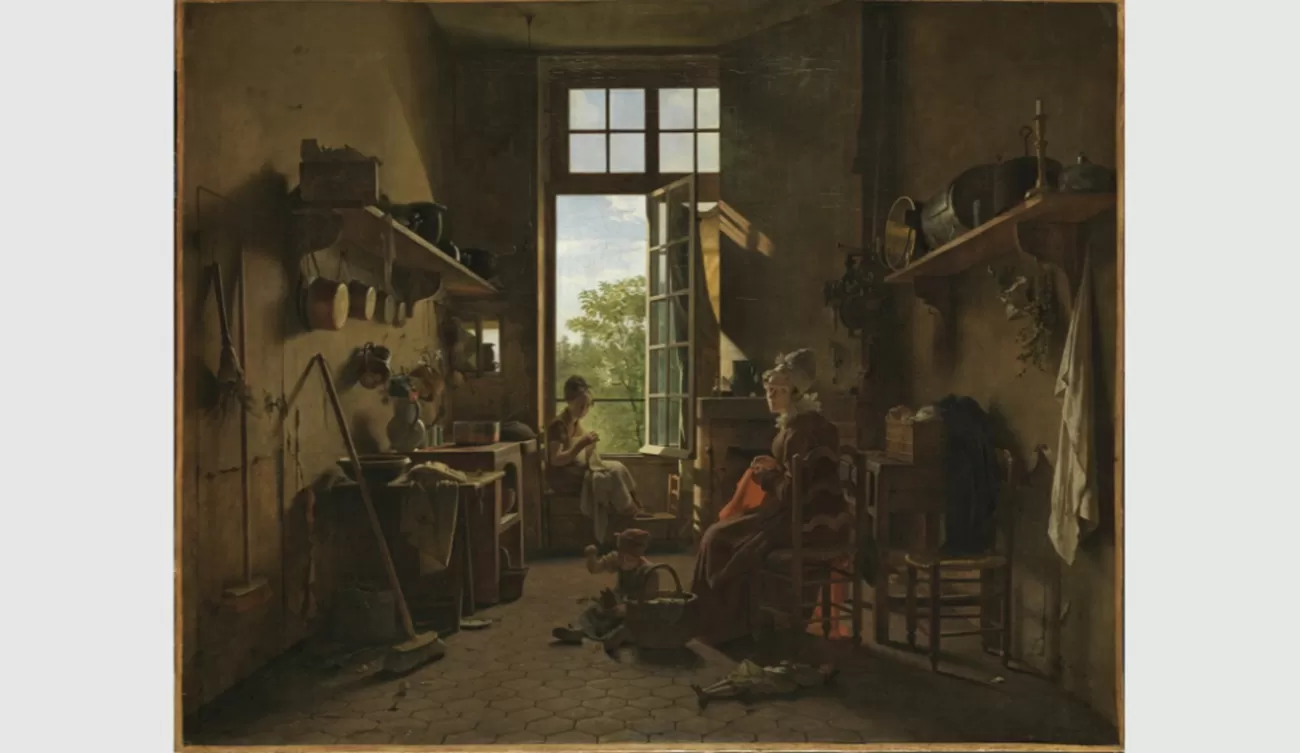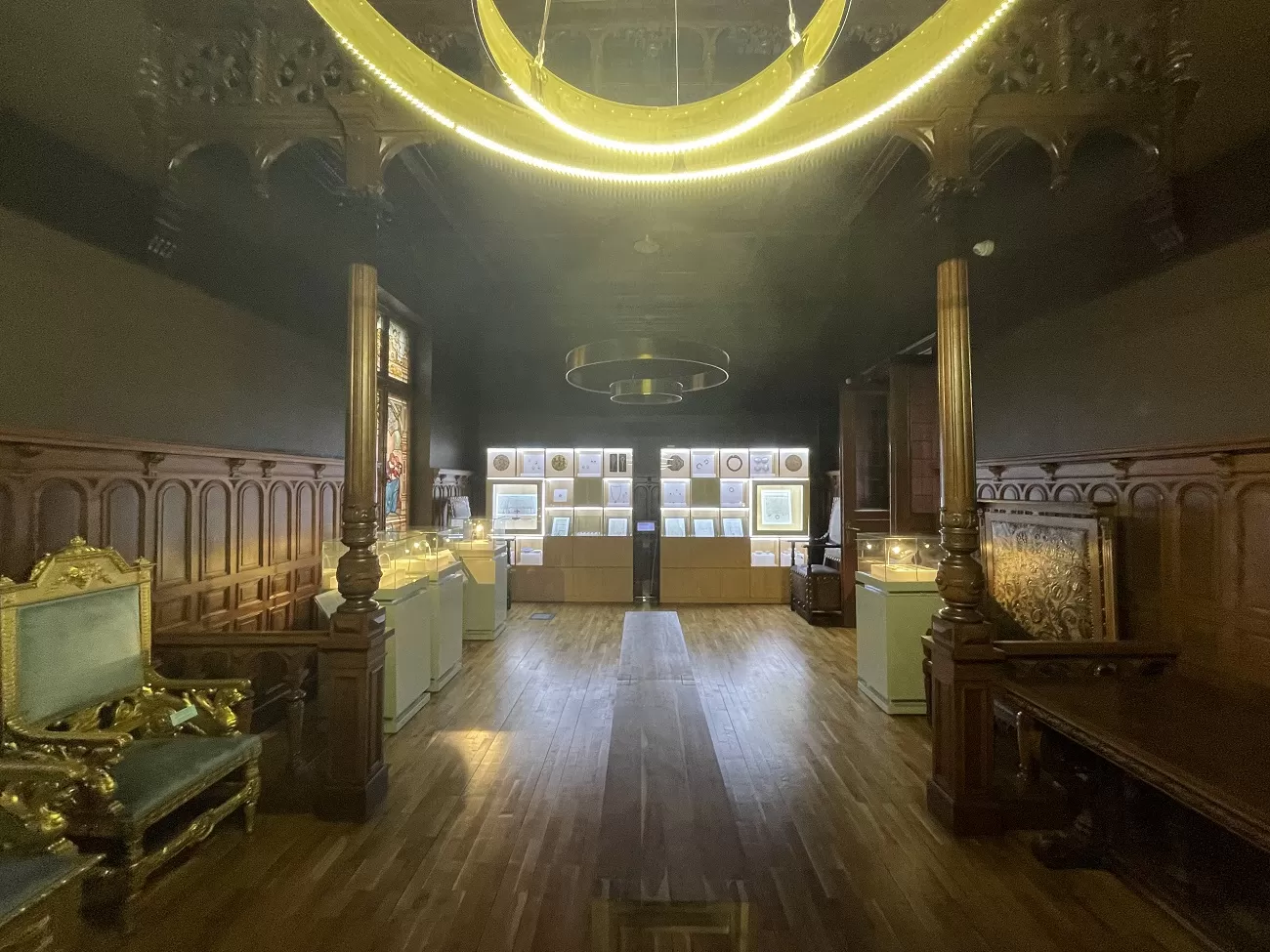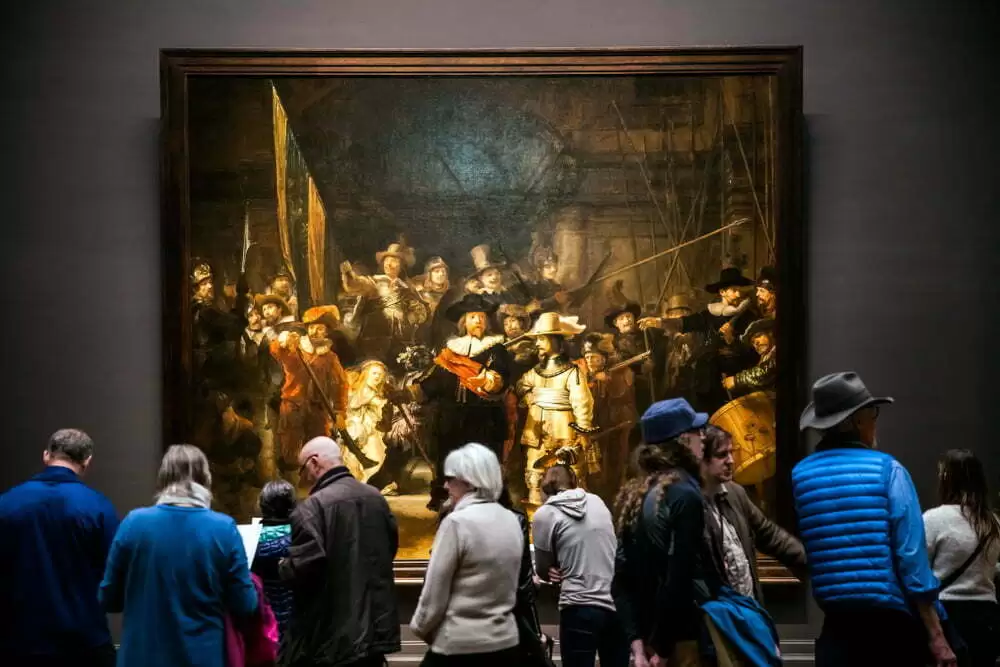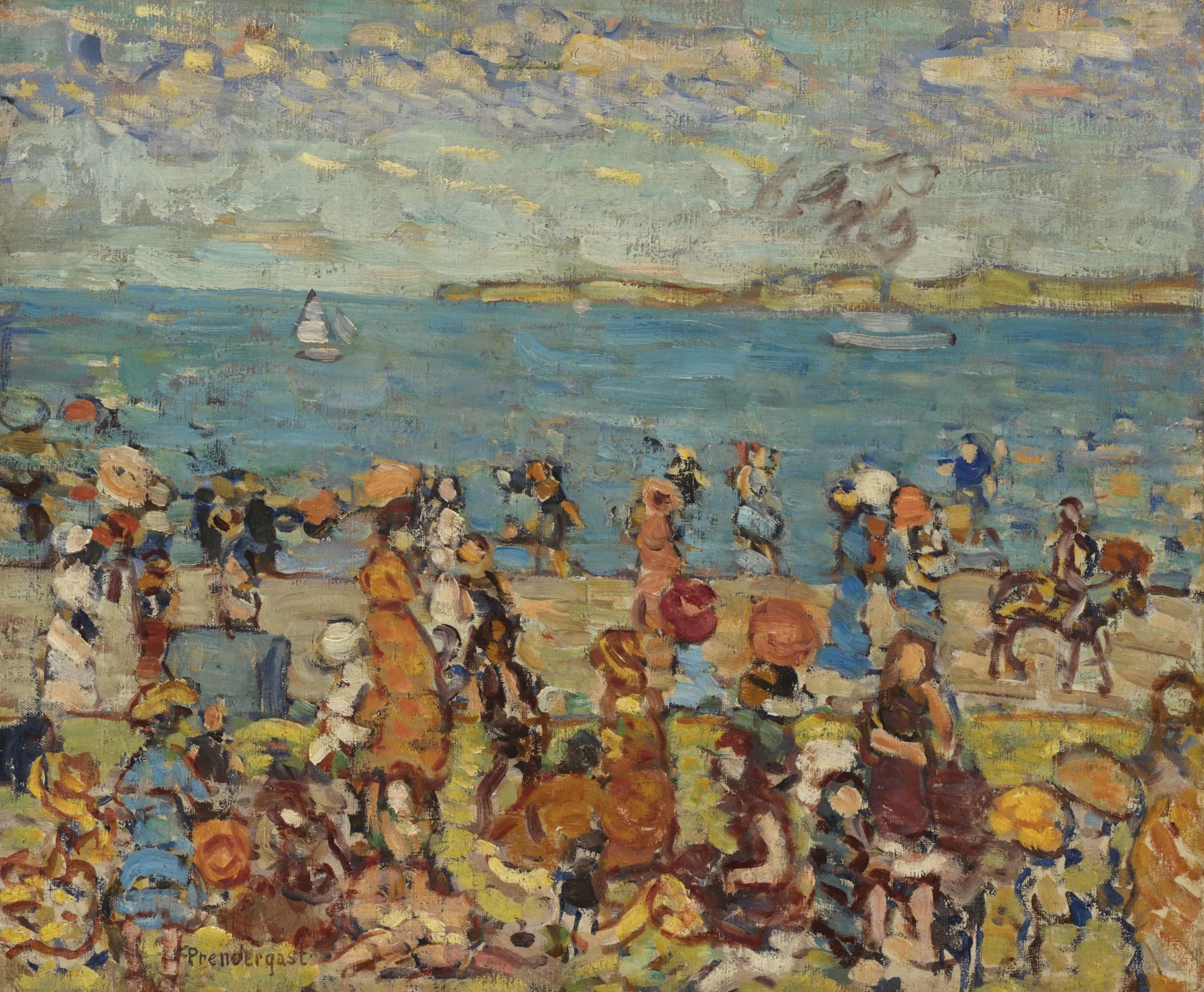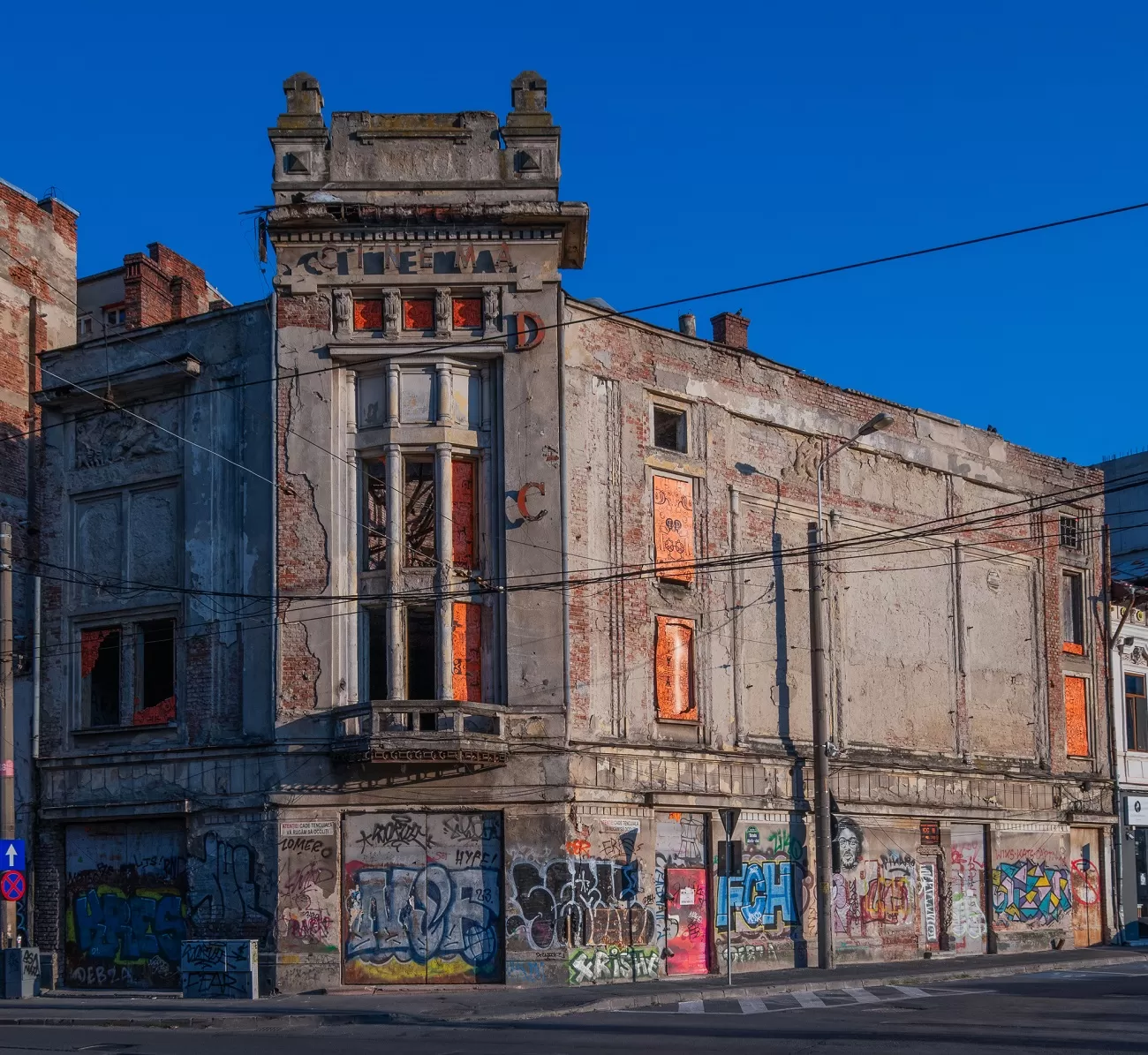
Mescaline and Corneliu Michăilescu’s homage to Manet
“The Newest Olympia”, painted in 1930 by Corneliu Michăilescu, is a tribute-painting to Édouard Manet’s “Olympia”. Moreover, it is a result, one might say, of the period when the Romanian artist collaborated with the renowned neurologist Gheorghe Marinescu.
Michăilescu experimented with mescaline, one of the oldest psychedelic drugs, along with other lesser-known artists – painters and musicians. The hallucinations, the colorful visions, he experienced after being given it are believed to have been translated into various works, including “The Newest Olympia”.
A slightly sensuous nude, which gives a dreamlike atmosphere, “The Newest Olympia” is part of the collection of the National Art Museum of Romania, permanently exhibited in the room dedicated to the Romanian avant-garde.
Painted in the period after the integralist stage, the painting – oil on cardboard – maintains a constructivist structure of forms, with strong and clearly delimited volumes. In contrast to the French artist’s work of 1863, Michăilescu’s chromaticism is cold. In addition, his Olympia is on the balcony, with her back to the viewer, talking with the maid who, in the artist’s vision, appears as a black mask draped in white folds. In 2004, the work was included in the National Movable Cultural Heritage in the “Treasure” category.
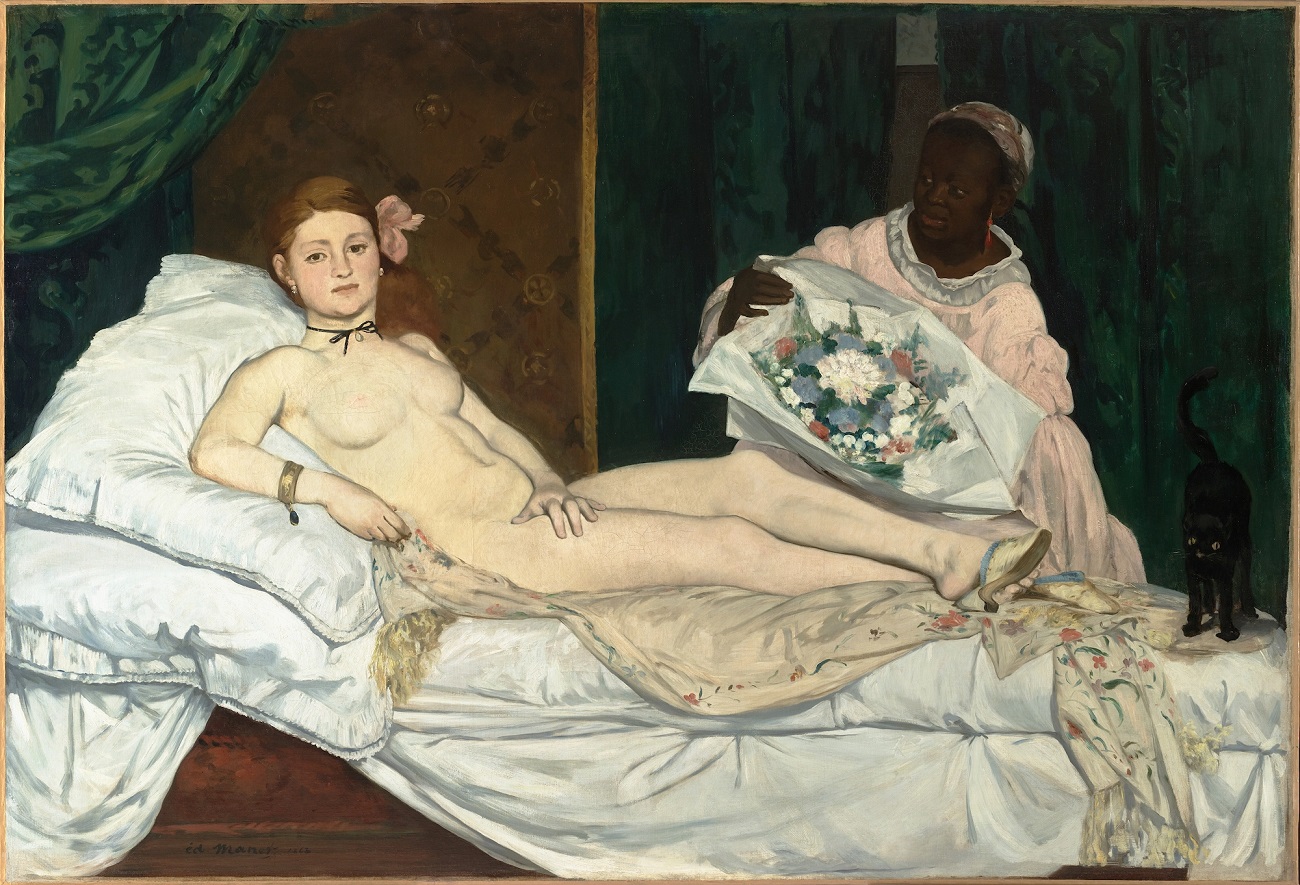
„Olympia”, by Édouard Manet © Musée d’Orsay
Corneliu Michăilescu (1898 – 1965), jurist and publicist, painter and writer, graduated from the School of Fine Arts in Bucharest (1912) and then went to Florence, attracted by the Renaissance masters. His first creative period was an electric one, in which he experimented with open-air painting, expressionism and fauvism, defined by two training periods in Italy, completed in 1921, when he returned to his homeland.
He first exhibited in Romania in April 1922. Corneliu Michăilescu turned to cubism and surrealism. His attraction to cubism became apparent in his work in the mid-1920s, when he began to be noticed in the Romanian cultural scene. At the Official Salon in 1924, he was awarded the first medal for his work “The Castle Keepers”, and it was also at this time that he became close to the avant-garde groups around M.H. Maxy and Marcel Iancu.





